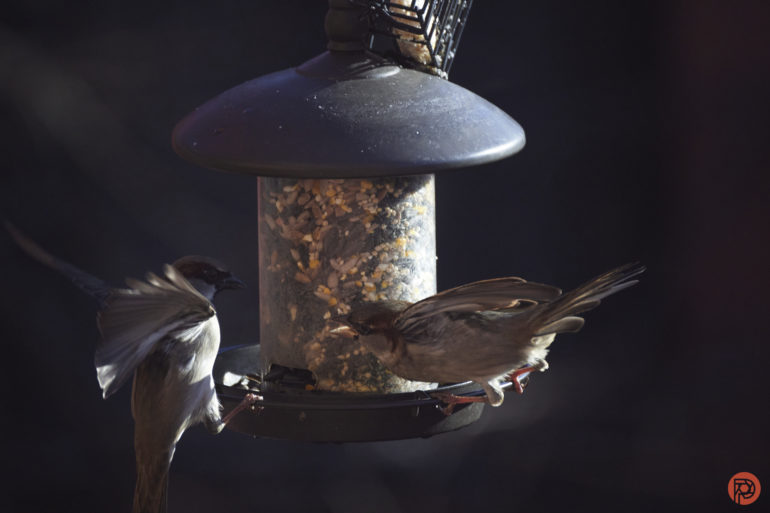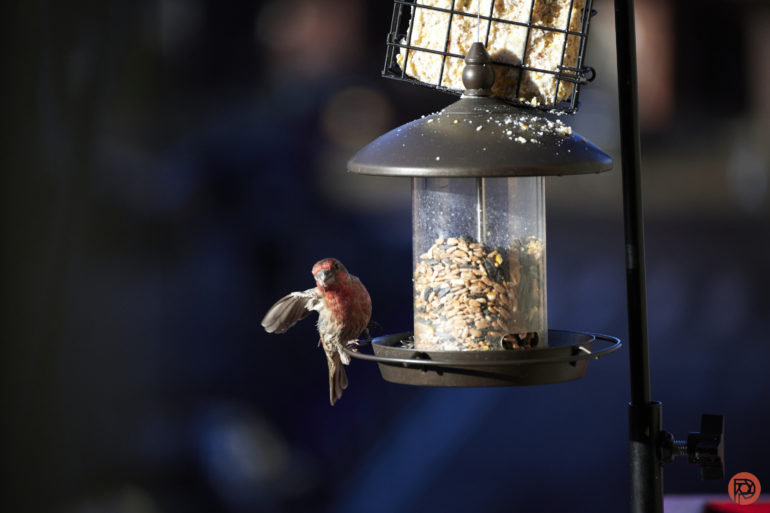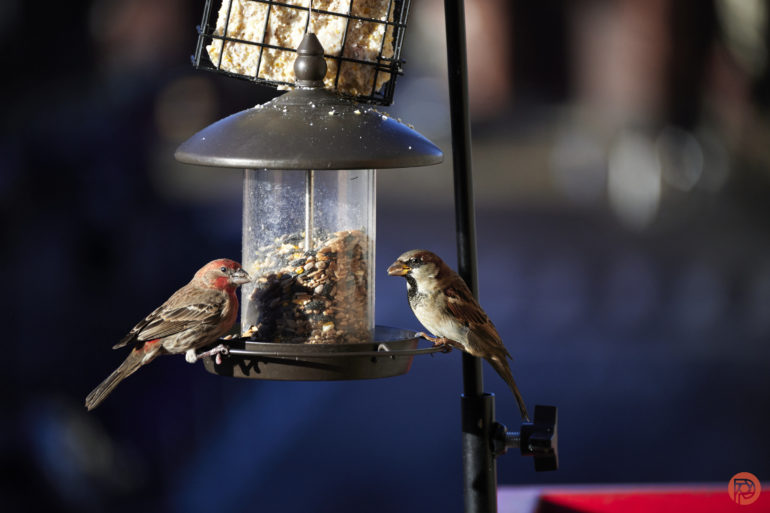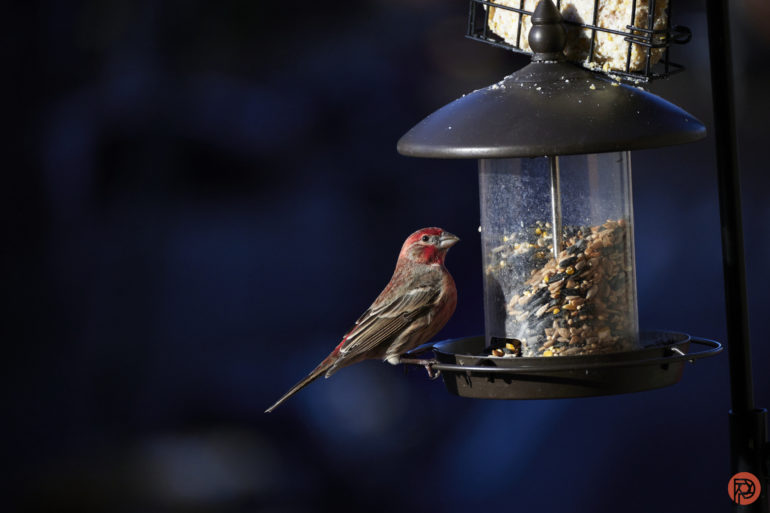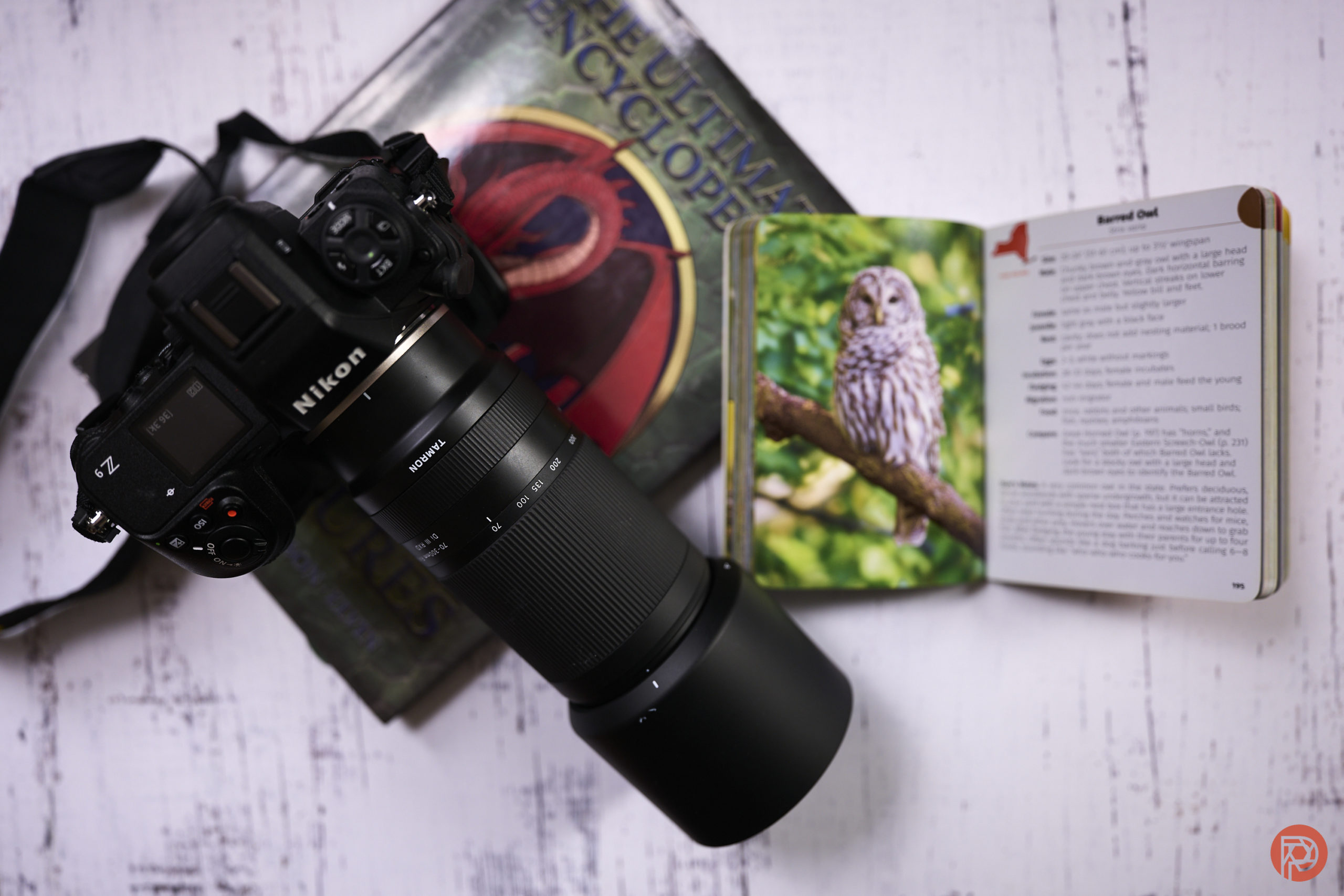We recently updated the Tamron 70-300mm lens review we published back in 2020. This lens is now available for Nikon Z mount, and with that comes some curious changes. Nikon and Tamron have certainly had a relationship over the past few years. But the way it has matured and come to market leaves me confused. When I read some of the news, I twist my head in the same way a dog would when it’s curious about something.
Here’s the update to our Tamron 70-300mm lens review. If you’re interested, the lens is very affordable on Amazon or Adorama.
Ease of Use
Update January, 2023
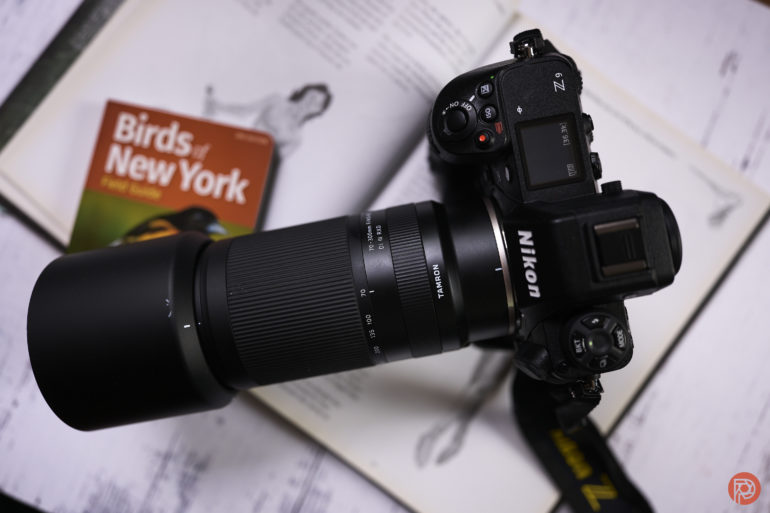
In 2022, an odd tree of Nikon’s took grafted branches from Tamron, and started to bear some strange fruit. In some cases, the lenses took Nikon’s exterior and pricing. In others, Tamron took the exterior and Nikon’s Z mount. In this case, the Tamron 70-300mm is available for Nikon Z mount.
In Janaury 2023, we tested it on the Nikon Z9 for birding photography. Overall, it did a good job, but there are some weird happenings with the Nikon Z9 mounted with a Tamron lens. Specifically, I’m talking about the process of exporting images from the camera to the computer when a USB-C cable is hooked up.
Let me explain. When a Nikon Z mount lens is mounted to the camera and plugged into a computer via USB, then powered on, the camera goes into USB storage mode. In this way, I can easily import photos into Capture One. But if a Tamron lens is mounted, the camera thinks it’s ready to shoot. The Nikon z9 will start up in storage mode and then immediately stop. The workaround on a Mac is to use Apple’s own Image Capture within the applications. (At least, that’s the workaround for the moment.)
Otherwise, this lens functions as it normally would. I own the Sony variant, and I don’t have much to complain about.
Autofocus On the Nikon Z9

In January 2023, I tested the Tamron 70-300mm lens on the Nikon Z9 for birding. After all, when I used it on Sony, I adored its results with birds. Since then I’ve also used it for sports and found that the results on the Sony a1 were very good.
I’ve used the Nikon z9 several times since I first reviewed it, and it’s received various firmware updates so far. I’ve found that with Nikon’s own higher-end lenses, the difference is vast. Nikon’s lenses focus faster and sometimes more accurately. I asked our Nikon reps about this, and they cited that the motors are most likely the difference makers here.
With that said, the autofocus on the Tamron 70-300mm is still very good. I regularly set up bird feeders on my balconies to photograph birds for my reviews. Regular visits from Woodpeckers, Tufted Titmice, Sparrows, Cardinals, and Robins have given me lots of great opportunities to photograph them. The Nikon Z9 and Tamron 70-300mm focus as well as they did when the Nikon Z9 came out. Hence, the duo does not do as well as it would with Nikon’s own native glass. In practice, that difference is more pronounced if you’re using an all-auto focus mode selection. And if you’re giving it assistance using direct focusing points, it will help a bit.
Luckily, the Nikon z9’s scene detection for animals also groups birds into that. I’m quite happy with the photos this combination delivers. However, I think this lens would make more sense with a more affordable camera body. As of January 2023, Nikon doesn’t make anything more affordable with Bird detection, but something is bound to come soon.



